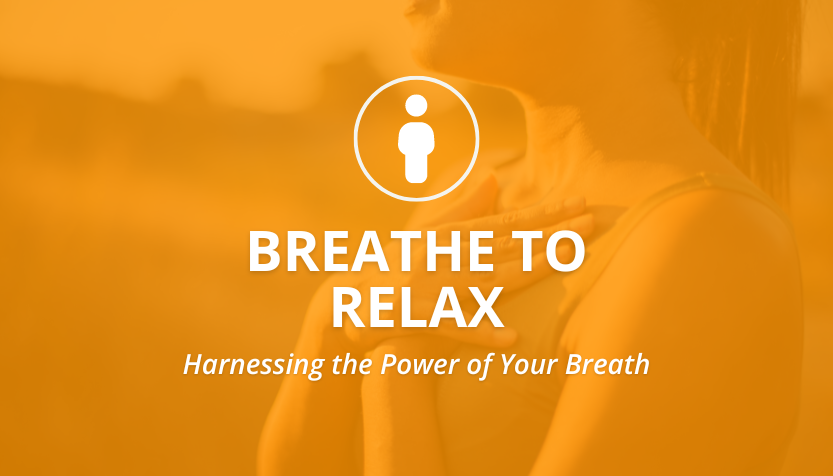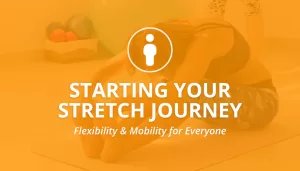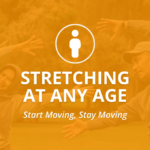Breathe to Relax: Harnessing the Power of Your Breath
- By Brett Schaffner
- In Stretching

In our exploration of effective stretching techniques, we turn our focus to the second principle of my coaching style—Breathing to Relax. This is a key component of a triad that shapes my approach, including Full Relaxation, Breathing to Relax, and Time Under Passive Tension. Each element plays a critical role in enhancing flexibility and overall well-being.
What is Breathe to Relax?
Breathe to Relax focuses on the deliberate synchronization of breath with your stretching movements, utilizing the 4:8 breathing technique (inhale for 4 seconds through the nose, exhale for 8 seconds through the mouth). This method isn’t just about filling the lungs but involves engaging the diaphragm deeply to enhance relaxation and stretch effectiveness.
Controlled breathing like this is not merely a supplemental part of stretching; it is essential for maximizing the effectiveness of each stretch. By learning to control your breath, you link your physical and mental states, which leads to deeper relaxation and enhanced stretch outcomes.
Techniques to Master Controlled Breathing
- Deep Diaphragmatic Breathing: Engage your diaphragm to draw in more air, which reduces the tension in your body and helps your muscles relax more deeply.
- Rhythmic Breathing: Coordinate your breath with your movements. Inhale to prepare, and exhale as you move into a deeper stretch. This synchronization helps maximize the stretch during the natural relaxation phase of your muscles.
- Paced Breathing: Keep a steady pace with your breathing, such as inhaling for four seconds and exhaling for six to eight seconds, to maintain a calm and focused state during stretching.
Benefits of Breathing to Relax Into Your Stretching
Engaging in deep, diaphragmatic breathing during stretching activates the parasympathetic nervous system—the “rest and digest” response. This not only conserves energy but significantly reduces the body’s stress response, typically heightened during physical activity. By calming this response, the brain no longer perceives stretching as a threat, allowing for deeper, more effective relaxation and flexibility enhancement. This physiological change supports both an increase in flexibility and a decrease in stress and anxiety.
For further insights into the benefits of deep breathing, you might find the article from Verywell Mind helpful, which explains how slow breathing can activate the parasympathetic nervous system and the positive effects it has on mental health: The Benefits of Deep Breathing.
Linking Breathing to Other Stretching Principles
While today’s focus is primarily on how effective breathing can dramatically enhance your stretching sessions, it’s part of a broader approach that includes Full Relaxation and Time Under Passive Tension. These principles work synergistically to improve your flexibility and overall stretching efficacy.
Wrapping Up
Embracing controlled breathing as part of your stretching routine doesn’t just help in achieving greater flexibility; it transforms the practice into a holistic activity that benefits both mind and body. Remember, good stretching should feel substantial but never painful, aiming for a ‘7 out of 10’ on the intensity scale.
Incorporate controlled breathing into your stretching regimen today and experience a profound transformation in both your physical flexibility and mental tranquility. Stay tuned for our next discussion on Time Under Passive Tension, which will complete our series on the foundational principles of effective stretching.
Interested in Personalized Guidance?
Looking to refine your stretching techniques or enhance your routine with tailored guidance? Explore one-on-one coaching sessions where we can customize a program that addresses your specific needs and goals.
- Share:
You may also like

Starting Your Stretch Journey: Flexibility & Mobility for Everyone
- September 28, 2024
- by Brett Schaffner
- in Stretching

Stretching at Any Age: Start Moving, Stay Moving

Enhancers, Not Limiters: Embracing Props in Stretching


